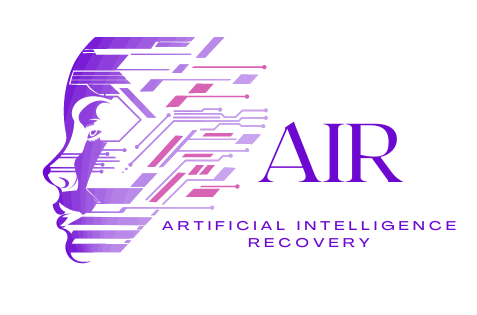What Is a Chargeback?
If you are unfamiliar with the term, your question will sound like, “What is a credit card chargeback?” or “What are chargebacks?” or “What does ‘chargeback’ mean?” Even if you think you know, you still might ask, “How do they work?” or “Is there a credit card chargeback time limit?” or “How to file a chargeback?” You start a regulated and monitored transaction every time you use a credit card or debit card. Your transactions are regulated by the terms and conditions that Visa and Mastercard adopted and made public if it is one of their cards. The rights and responsibilities of users, banks, and merchants are outlined in these terms and conditions.
You can ask your bank to cancel the charges, for instance, if your card was lost or stolen and you noticed a strange transaction on your account. In order to safeguard you from fraud, Visa, and Mastercard need your bank to take that action. You are protected even if you voluntarily make a transaction in case it doesn’t happen, or you get something different from what was promised.
What are Chargebacks?
A chargeback is a transaction cancellation. Your credit card gets charged again after the charge is reversed. You can ask the bank that issued the card for a chargeback. if the transaction was illegal or if an approved transaction was made for products or services the merchant failed to deliver in accordance with a documented contract, receipt, or other agreement.


How to Get a Successful Chargeback
Convincing the issuing bank that the consumer is entitled to a refund is the key step in the chargeback procedure. The important thing is to back up your allegation with proof and documents.
Flashrecoverysolution comes to the rescue. Our staff gathers data, looks into dodgy brokers and merchants, and provides a strategy to ensure the success of your chargeback claim.
How to File a Chargeback
When a cardholder contacts the bank that issued the card or the issuing bank to request to dispute a transaction with the merchant, the debit card or credit card chargeback procedure starts.
After agreeing to your request, the issuing bank will file a dispute with the purchasing bank or the bank of the merchant. Through the dispute resolution center program of the credit card network, the issuing bank notifies the acquiring bank. The merchant is then informed by the purchasing bank.
In some circumstances, the amount you are disputing may now reappear in your account as a temporary credit. If so, DO NOT use it. Wait until your lawsuit is won so the temporary credit can be converted to permanent credit.
The issuing bank will ultimately decide whether to support the merchant and declare the transaction valid or whether to order the retailer to refund the customer’s money.

Do You Have a Complex
Dispute?
When a cardholder contacts the bank that issued the card or the issuing bank to request to dispute a transaction with the merchant, the debit card or credit card chargeback procedure starts.
After agreeing to your request, the issuing bank will file a dispute with the purchasing bank or the bank of the merchant. Through the dispute resolution center program of the credit card network, the issuing bank notifies the acquiring bank. The merchant is then informed by the purchasing bank.
In some circumstances, the amount you are disputing may now reappear in your account as a temporary credit. If so, DO NOT use it. Wait until your lawsuit is won so the temporary credit can be converted to permanent credit.
The issuing bank will ultimately decide whether to support the merchant and declare the transaction valid or whether to order the retailer to refund the customer’s money.

